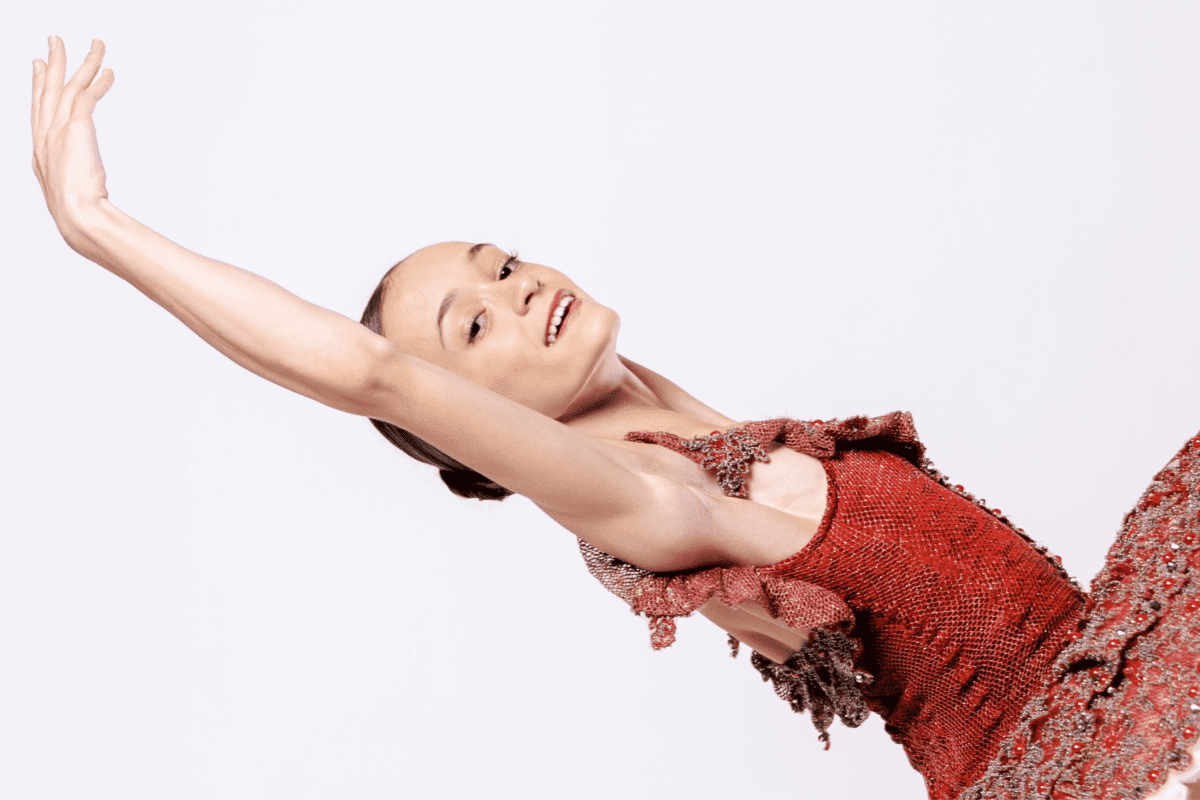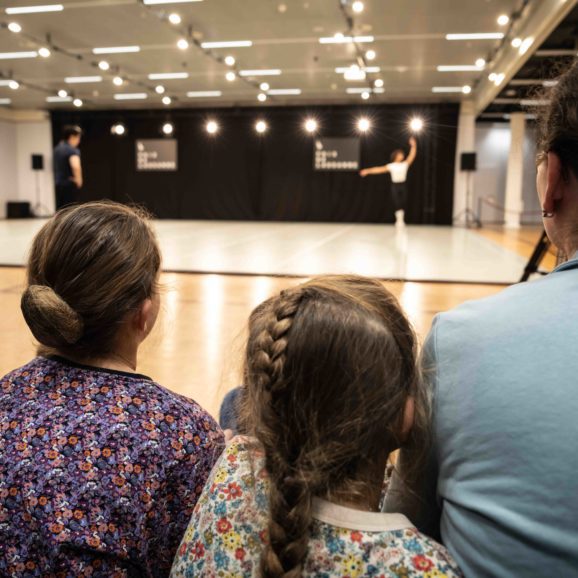01 Feb 2017
Today’s blog post is for the followers of the Prix de Lausanne.
Observing Didy Veldman, Stefanie Arndt, Yohan Stegli and Laura Cazzaniga, I have noticed a commonality in the way they teach and coach the candidates. As the encouraging, motivating, and established professionals they are in the field, I am grateful to have been able to see how they pass their methods and knowledge on to the dancers. Their approach to articulating efficient technique as well as artistry and individuality has helped the dancers immensely in the past few days. Furthermore, as soon as they see traits of imitation or simply hitting a pose, they all explain in different ways how the dancers should move through the movement and let parts of the body resonate naturally as a reaction instead.
For more specific examples, Didy Veldman articulated the need for more expansive weight, breath, dynamics, and flow. Stefanie Arndt conveyed the importance for whole body clarity and presence as well as an active carriage and engagement of the back muscles. After also interviewing the contemporary variation coach Laura Cazzaniga, my observations aligned with what she shared with me personally. The way she teaches the dancers and then explained to me how she works on the expression of who they are as dancers, how they can commit to the art form, how they can soften their joints for momentum and care for the body, and still maintain simplicity, was very inspiring.
In addition, I also wanted to include some responses from an interview with a contemporary variation coach, Yohan Stegli and a jury member, Goyo Montero. The information was part of the first Daily Dance Dialogue led by editor-and-chief of Pointe Magazine, Amy Brandt.
As leaders and choreographers, what do you often look for in a dancer?
Goyo Montero: He explained that he does not really have an aesthetic expectation, but that he has a strong classical technique requirement for the work he creates. Since choosing who to work with is always a leap of faith, he highly considers who the dancer is as a person. Curious about the discipline and how willing they are to commit themselves to the art form becomes a reliable source for every day work, not just the talent. He wants dancers to always work and find motivation in dance. He often bases decisions off of the chemistry and the feeling of the person as well.
Yohan Stegli: He often looks for dancers that fit together as a group and has different nationalities for diversity. Putting them together with the junior company of the National Youth Ballet for instance to see if they fit with the ensemble can therefore help. He also often asks dancers considered to present themselves as human beings since he is interested in their generosity for the art form and their process of becoming an artist. Every dancer grows in different ways at different speeds, and he works on providing the time or dancers to have that opportunity.
How is it to work with the candidates?
Goyo Montero: It is exhausting since he gives 100 % to the dancers and receives so much back from them in return. Being here reminds him about how it was for him and he is so excited to be part of this fresh and new start for the dancers.
Yohan Stegli: With all the new and unfamiliar faces, he wants to give all that he has, but cannot in such short amount of time. His goal is to encourage the dancers to do dance their way and accept who they are now, and not just according to the steps. As a coach, he tries to provide volume for connection and meaning to the variations, emotional information, and asks questions in the process such as: Why? How? With what feeling?
What advice would you give to young dancers today?
Goyo Montero: He said that to work hard no matter what, with focus and balance in your mind is vital. To use dance as a clean slate, hours of peace, and as a form of therapy is also very valuable.
Yohan Stegli: He explained that dancers should try to not be scared and avoid stressing about how many roles they get. Quality comes first and you can still be happy. He also restated George Balanchine`s quote: “Try to be good, greatness will come eventually”, in regards to the long-and short-term time that exists in life. Be present in time, do not stress about it.
Sincerely,



